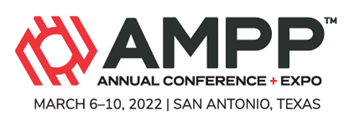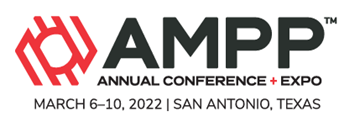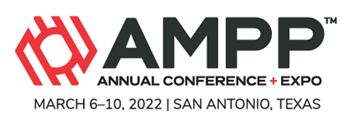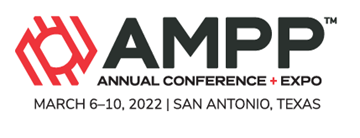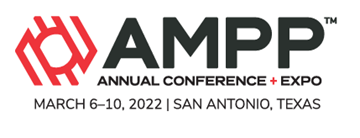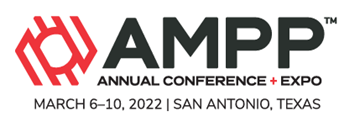Search
Coatings and Linings
View as
Sort by
Display
per page
Manhole Rehabilitation - The Role Played by Linings
Product Number:
41212-689-SG
Publication Date:
2012
$20.00
Material Selection For Storage Tanks – Life Cycle Cost Analyses
Product Number:
51322-17505-SG
Publication Date:
2022
$20.00
Measuring Sodium Chloride, Salt and Soluble Contaminants
Product Number:
41216-964-SG
Publication Date:
2016
$20.00
Measuring Vertical Concrete Surface pH: Viable Test Method for Severe Service Exposures
Product Number:
41215-917-SG
Publication Date:
2015
$20.00
Mechanical, Microstructural And Corrosion Characterization Of Low Binder Containing WC-Co Grades Using A Binderjet Process
Product Number:
51322-17583-SG
Publication Date:
2022
$20.00
Mechanistic Modeling Of The Impedance Response Of Cathodic Reduction Of Hydrogen Ion In Strong Acidic Environments
Product Number:
51322-17900-SG
Publication Date:
2022
$20.00
Metal Dusting Resistance Of Nicrmocu Alloy And Its Weld Overlay Under High Pressure Condition
Product Number:
51322-17570-SG
Publication Date:
2022
$20.00
Metallic Film-Coated Optical Fiber Sensor For Corrosion Monitoring At High Pressures
Product Number:
51322-17804-SG
Publication Date:
2022
$20.00
Metallizing Steel Bridges In New England - It’S Growing!
Product Number:
51322-17836-SG
Publication Date:
2022
$20.00
Method for Measuring Energy Savings on Highly Reflective Coatings
Product Number:
41215-886-SG
Publication Date:
2015
$20.00
Methodology for Coated Infrastructure Inspection by Mobile Potentiostat
Product Number:
41215-912-SG
Publication Date:
2015
$20.00
Microbiologically Influenced Corrosion Failure Of Ni-Coated Carbon Steel Fittings In Enhanced Oil Recovery Water Injection Service
Product Number:
51322-17793-SG
Publication Date:
2022
$20.00





